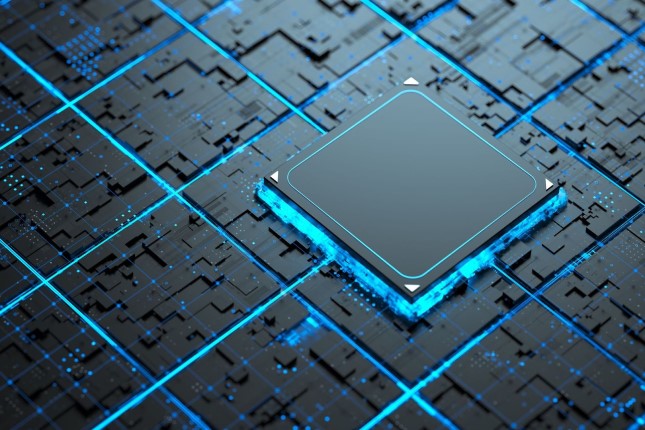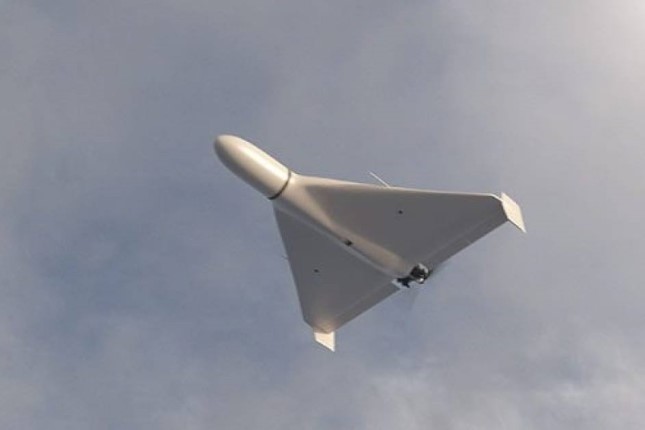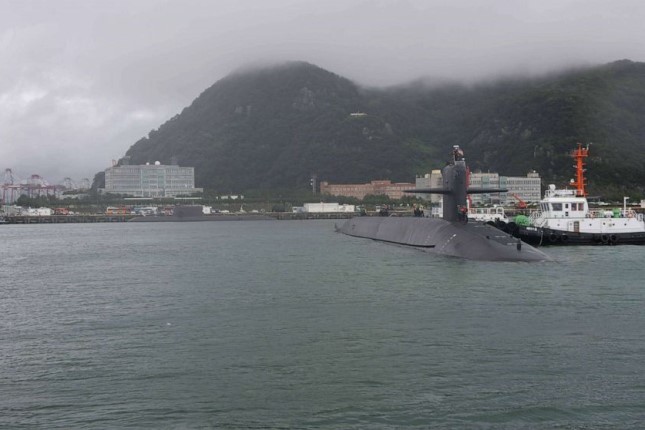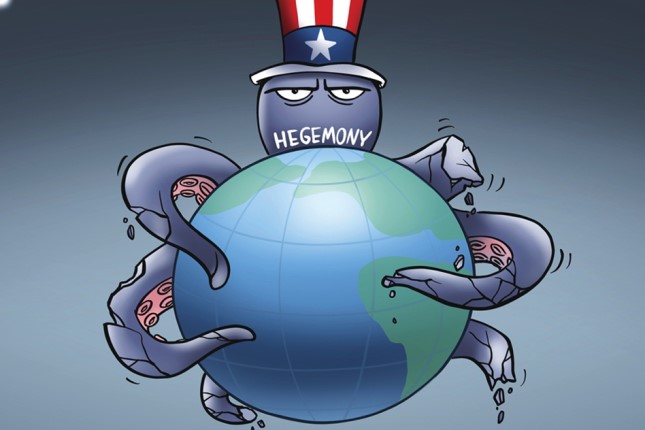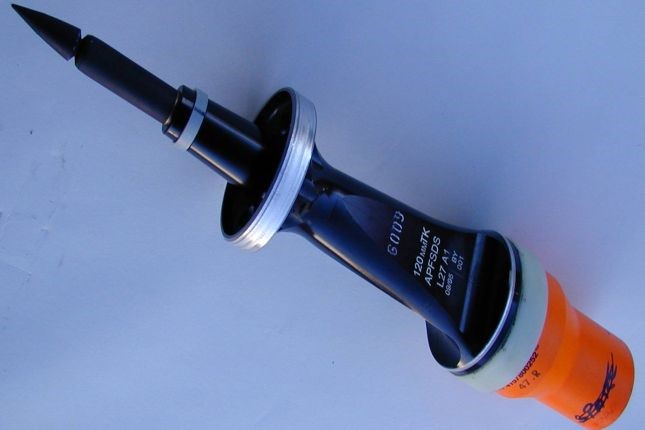The US seems to be losing the semiconductor race to China. The situation is so alarming that the United States Government has allocated more than USD 50 billion to catch up.
Now the American company Intel, one of the three leading manufacturers of semiconducting materials, occupies only 12 per cent of the global turnover of these components, slightly behind South Korea's Samsung (about 13 per cent) and far behind Taiwan's TSMC. The corporation controls about 60 per cent of the entire market and, in the most advanced 10-nanometer chips segment, holds a share of 90 per cent.
Thus, over the past decades, a seemingly paradoxical situation has developed: the United States, being the wealthiest country with the highest level of innovation and educated personnel, nevertheless critically lagged behind its high-tech competitors.
According to Pentagon warnings, American weapons are 98 per cent dependent on semiconductors from Southeast Asia. Thus, the military explains that in the event of any geopolitical complications, American corporations' competitiveness and the state's security, in general, will be at risk.
The US dependence on high-tech imports became apparent during the Covid-19 pandemic when disruption to global logistics routes caused a global shortage of semiconductors.
Some experts even predicted the beginning of Chipogeddon when the shortage of microchips would affect all areas of life and lead to a downgrade of several technological generations. After that, the American expert community began actively discussing why the world's first economy was losing in the innovation race.
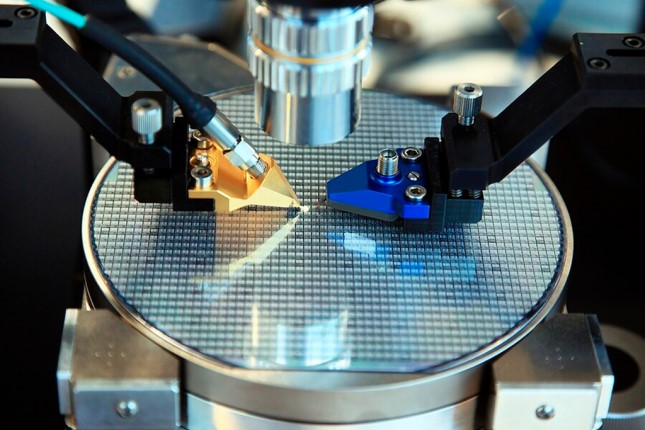
The United States fell into the trap of the free market, which rightly considered that creating computer applications and selling advertisements is much more profitable and less risky than working on high-tech hardware.
After all, Facebook costs much more than Intel – USD 430 billion against 110 − and commercial logic in this scenario, of course, prevails over the interests of the state. At the same time, all American players somehow lost sight of the fact that computers and smartphones cannot work without chips.
Venture capital was reluctant to invest in the development of more advanced semiconductors since the return on such investments in the short term is impossible, and the risks of failure are high.
At the same time, the American authorities did not try to increase the attractiveness of such investments, for example, by giving significant tax breaks or even taking on some of the financial risks. They also note that harsh environmental standards have been introduced for the industry in the United States. And the production of microchips inevitably uses harmful chemicals. In addition, American employees, in comparison with Asian ones, require higher wages.
At the same time, China's experience shows that the interest and participation of the state in the IT sector and in high technologies gives an incredible result. Over the past 20 years, a very favourable environment for innovation has been created in China. This became possible, in particular, thanks to a brilliant combination of academic freedom and state control.
Contrary to popular belief that the technological sphere is regulated in China, at the level of startups and laboratories, scientists and engineers enjoy freedom comparable to that of employees of companies in Silicon Valley.
The work of the authorities is noticeable at the macro level, where since the beginning of the 2000s, a protected market has been created to introduce innovations. Thus, the emerging high-tech industries were protected from competition, with Western corporations already actively conquering the world.
At the same time, the Chinese authorities have stimulated scientific and technical exchange with world innovation centres. It is not just about borrowing technology but also about incorporating your workforce into the global scientific community. Moreover, the Chinese authorities also contributed to the deepening of cooperation with the United States, and the Americans, until very recently, were willing to make contact.
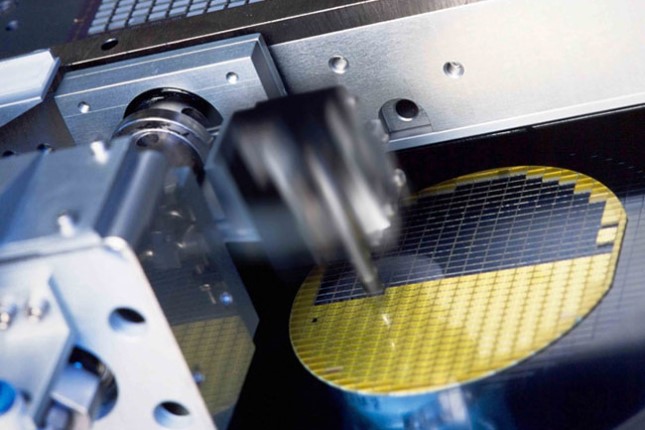
In China, huge funds are being allocated to develop the semiconductor industry. According to the plan, by 2025, the country should provide itself with microchips by 70 per cent. Since 2014, authorities at various levels have allocated about USD 80 billion for these purposes.
In addition, they exempted microchip manufacturers from taxes for 10 years and began actively attracting foreign specialists. In five years, they managed to lure away, for example, 7 per cent of all Taiwanese engineers employed in the industry.
The United States has suddenly changed its mind recently and is now imposing restrictions designed to slow down Chinese technological expansion. In particular, Biden legally limited Chinese companies' access to advanced software needed to create semiconductors.
The Chinese will undoubtedly write their own source codes sooner or later, but it will take time. In addition, the US administration has banned Americans from working for high-tech companies from China. This is a rather harsh measure that obviously contradicts the norms of the free market and the so-called "rules-based world order", which is much talked about in Washington.
In addition, the US administration is investing in the construction of factories for the production of microchips, in particular, the Taiwanese company TSCM. This, in the event of an interruption in supply chains or a stop in the production of semiconductors on the island due to a Chinese military operation, will allow the United States to partially provide for its needs. Also, there is active poaching of highly qualified personnel from same Taiwan.
At the same time, the United States is currently in a weak position − it is lagging behind not only in the field of semiconductors but also in the development of AI, as well as in 5G technologies.
This state of affairs is already becoming threatening for the country. It is not about faster Internet access and more accurate prediction of consumer preferences - all these technologies also have obvious military applications.
The US may find itself in a situation where the complex AI systems and the sophisticated software running on high-tech semiconductors will determine the winner on the battlefield.
